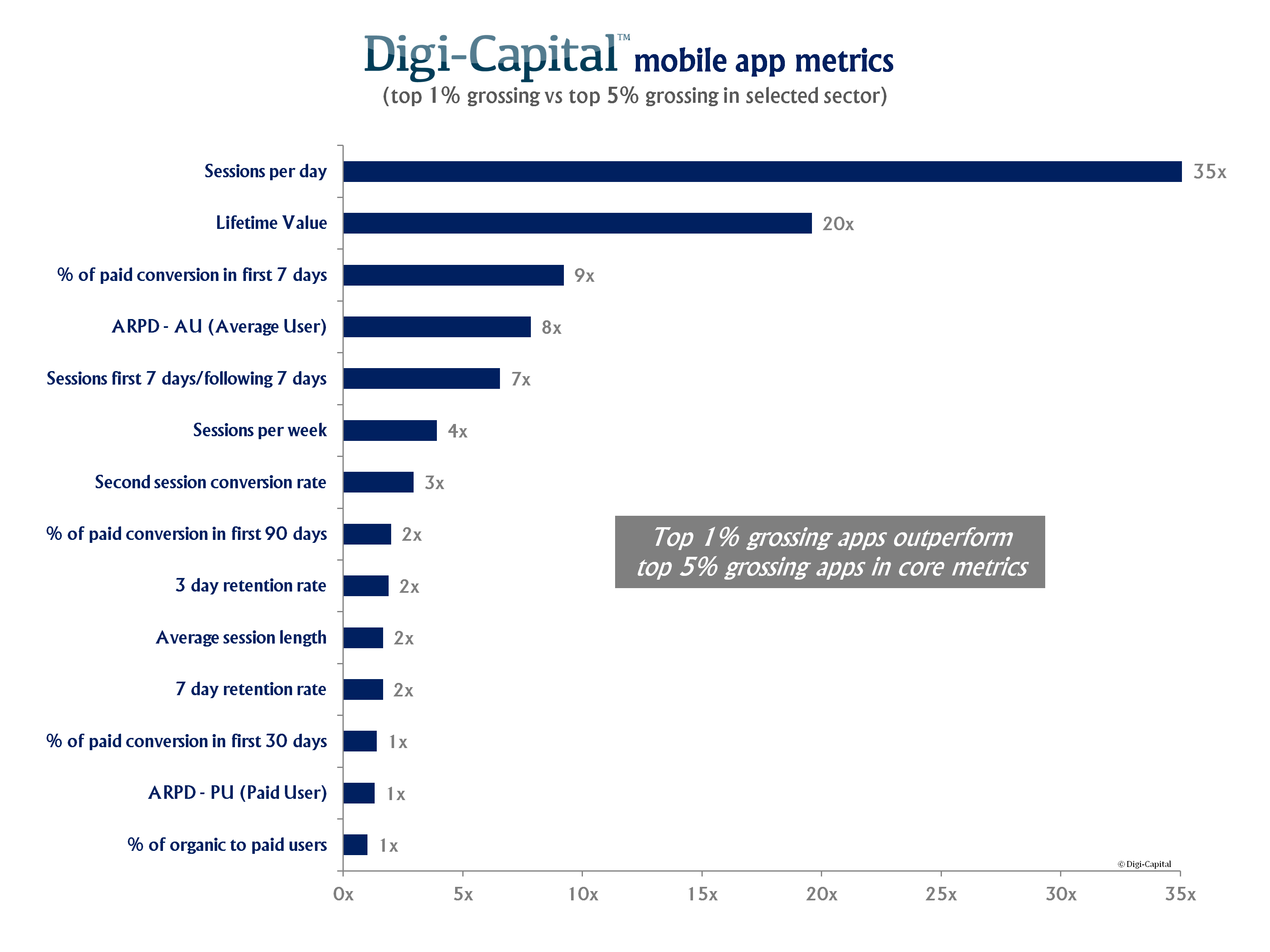3 Tips for Better Pacing
Free to play on mobile is changing quickly every day. The audience is maturing. Their tastes are changing, and now I feel is just the calm before the storm. The stasis that exists on the top of the AppStore can only hold for so long, the mobile audience’s tastes will change, it’s now up to designers to find out how.
As our audience’s tastes change, we as designers have to adapt our designs. We have to find new ways of making old systems feel new again.
Today I’d like to talk about pacing mechanics, and how we can adjust our current pacing mechanics to make them feel better for our maturing audience. Pacing mechanics usually take the form of Timers or Energy systems, and are always ingrained deeply into the core loop of any Free to Play game. Pacing is what prevents players from burning out on content or mechanics. Pacing is what drives habits. Getting pacing right is the key to driving strong long term retention. And long term retention is the key metric for a successful free to play game. But making these pacing mechanics not feel artificial is difficult.
So I’ve put together 3 tips that I like to use when “Re-dressing” pacing mechanics. These 3 pacing tactics can help you rethink how to build a pacing structure so that it feels new, different and more natural to the player.
#1: Add Natural Pacing: Days, Weeks, Months
Sometimes in a game design, you need to add longer timers which prevent players from engaging too much with a feature during a single day. Many free to play games aim for longer timers for this: 4 hours, 8 hours or even 12 hours. In my experience this can feel very restricting.
Instead, ask yourself, can I pace this using a daily, weekly or monthly cycle instead?
So instead of a feature which is available “once per 8 hours”, opting for a pacing feature that is “once per day”. These will allow the player to be more flexible about how they structure the use of the feature, and it feels more natural because they are using their ingrained day/night cycle. It’s easier for a player to commit to coming back to the game once per day than it is to come back in exactly 8 hours. As a result you can pace the players stronger (once per day is longer than once every 8 hours) while it actually feeling better for the player.
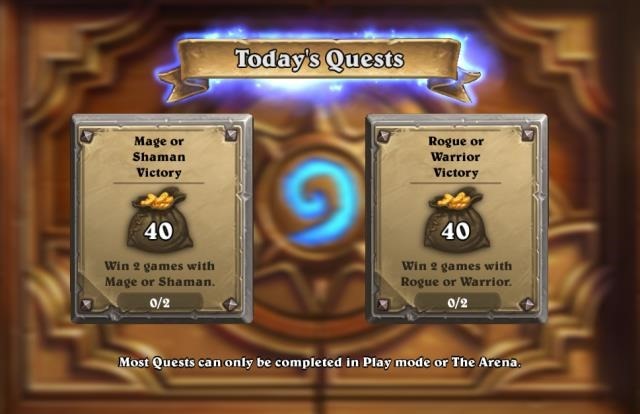
Hearthstone (which we’ve covered many times before) is a great example of this. Their mission system employs daily pacing. Instead of using timers, they pace the missions so that there is 1 new mission per day, up to a maximum of 3.
So coming back at any time the next day, you know you will get an additional mission. This is the easiest source of free coins in the game, so it feels rewarding and is tied into the core loop of purchasing card packs. But the key here is the daily pacing. There’s no timers telling the player that in exactly x hours they need to return to the game, instead they have the flexibility of natural day cycles. Have I done my mission of the day?
Days aren’t the only cycle that you can use. Weeks and Months work great at pacing players for very long timers. Hearthstone paces players by month in seasonal competitions. Because each month has a unique card back, this makes it an easy choice for a player to come back to the game, especially near the end of the month, just to get their card back.
#2 Add Animations
Another clever way to add pacing is just to use visual animations rather than timers.
For example, Hay Day had a clever mechanic in which the trader characters delay taking new deals until they’ve left and returned to your farm. After completing a deal, the character would slowly walk/drive away happy, then return soon in the future ready for another trade. This made the pacing make sense, and didn’t need a timer in the player’s face.
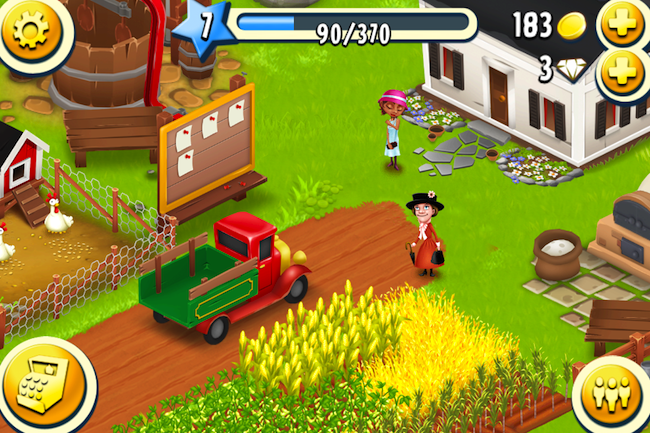
Want the next deal? Wait until the trader walks back!
Games with a large world map which you have to send armies around commonly employ a pacing mechanic where the army must take x hours before they reach the location. Showing the scale of the world relative to the unit and actually animating the units along the map helps players buy in to the fact that it takes time for units to reach locations.
Is there any shorter timers within your game that can be visualized by an animation instead of by a timer? Is there any long timer which you can better visualize to the player through animations?
#3 Get Creative with the Cost
The best strategy for making pacing feel better is to get more creative with your economies & systems. Instead of demanding the player to wait for hours for a building to construct, increase the difficulty & cost of building it to begin with.
Most systems force pacing through timers that look like this:
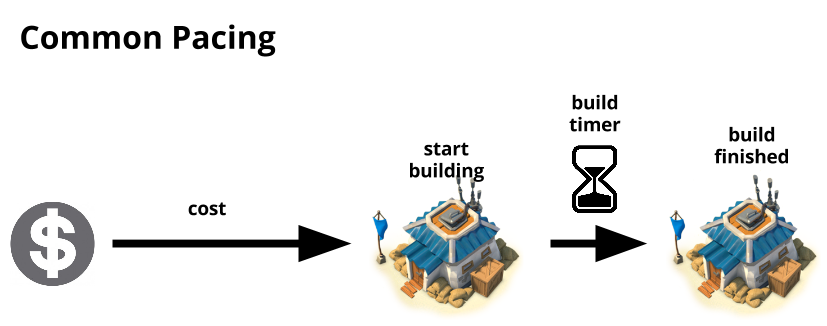
Fallout Shelter is the best recent example of a game focused on adjusting pacing to feel different and stand out. They chose to do this by shifting the economy. Instead of the pacing of the game through timers for building construction, they’ve focused their pacing only through the initial cost of the building. As a result, Fallout Shelter feels different from most simulation games. It feels instantly gratifying and very rewarding for collecting the coins.

Due to this change, Fallout must increase the cost rapidly to compensate for the lost pacing with building construction and find other timers in the game for players to manage & drive sessions (in this case Wasteland Missions). In the end, this works out for Fallout Shelter, and feels like a very different simulation game from most free to play games.
But increasing the cost before the purchase can take many forms. Cost can come in the form of just collecting currency (ex. bottle caps in Fallout Shelter), or it can be a combination of luck and effort as seen in many gatcha games including Contest of Champions. To pace getting the getting the best heroes, players must grind through collecting hundreds of crystals.

When designing a new pacing mechanic, consider the following:
Instead of guaranteeing the player the reward at the end of a long game loop, try allowing them to engage in a shorter loop, but randomize the progress towards the goal. As psychology teaches us, this type of mechanic will pull players back longer than a strict cost:reward trade off.
There are many more ways to get creative with pacing. But I would always rethink just adding a timer or just adding a high cost to an action if there are ways to make pacing more engaging to the player.
The Bare Minimum : Timers should make sense
If all the above fail, then the bare minimum for having a timer is to make sure that it makes sense with the theme.
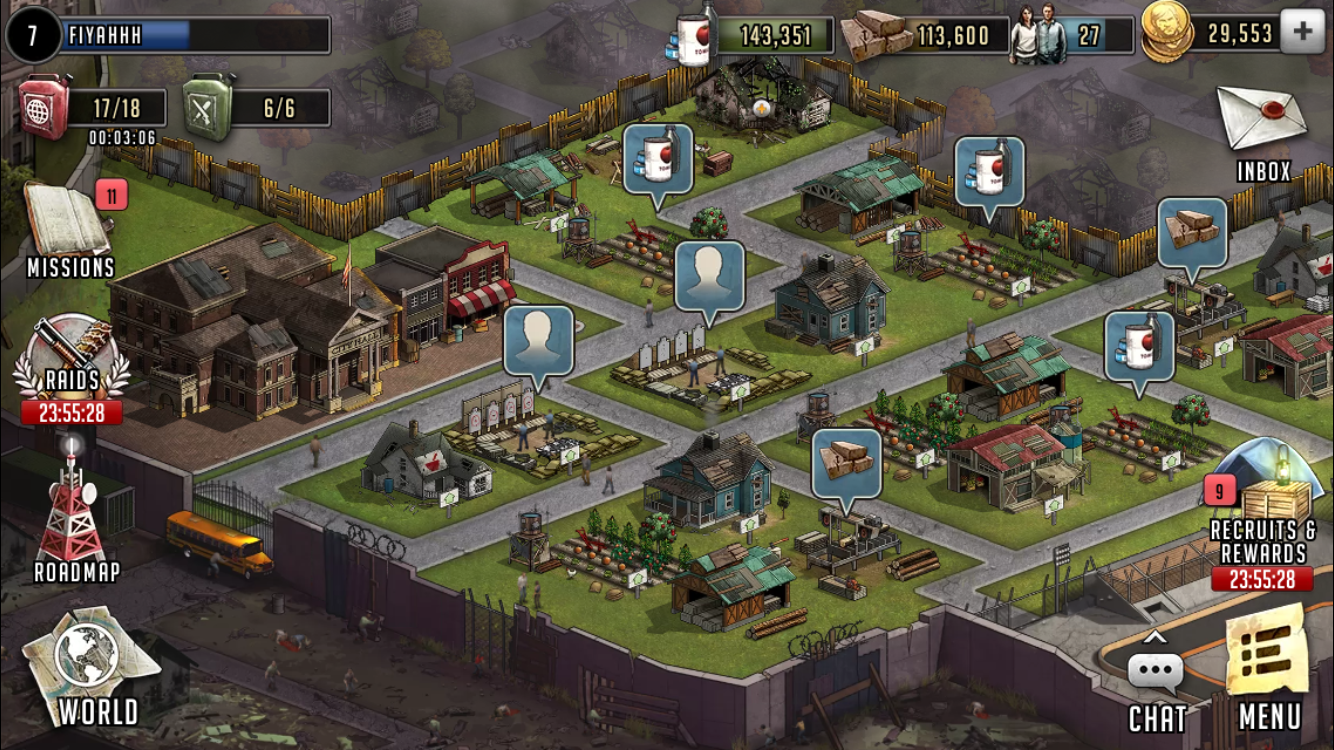
Why do all F2P games have building construction? because building timers is one of the few places where timers make sense.
This is mainly why so many games default to have a city building component, even if it’s a bit of a stretch for the concept. Take Walking Dead: Road to Survival, the F2P game from Scopely recently released. They clearly added the city building component for the ability to pace using construction timers. If they hadn’t had this component, they would have really struggled to find places that make sense to add long timers.
Agent Alice is a good example of a game that struggled with timer design.

Agent Alice is a recent Hidden Object game from Wooga. Agent Alice made a big risk by removing the city building component from Pearl’s Peril, it’s spiritual predecessor. Due to this design decision, the game struggled to find effective timer design.
Where Pearl’s Peril would use building timers to pace players, instead Agent Alice had to use more arbitrary timers. The timers became different actions that Agent Alice had to take to pace the story. In the example screenshot below, Alice must plan her next move which takes a long timer.
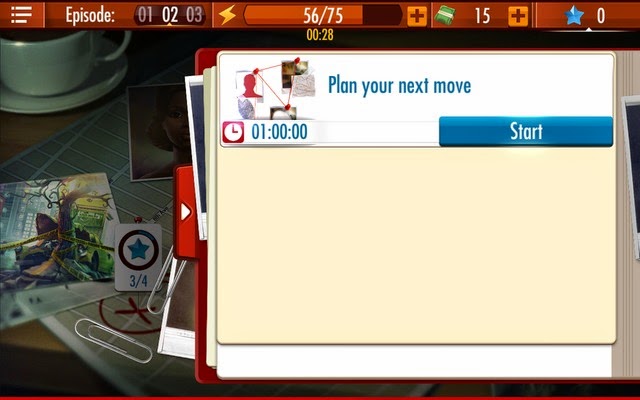
Agent Alice’s timers many times felt unexpected.
This timer is not expected by the player.
The goal of timers has to be to fit into the theme of the game. Each use of a timer leave the player feeling: “Right — that makes sense that it takes that long”.
In another hidden object example, Criminal Case, a game from Pretty Simple, uses a timer when the player has to send anything “to the lab”. This makes sense. In all the crime shows I’ve watched, this was expected by the detectives and the audience.

Sending evidence to the lab makes sense why it takes time.
Keep this in mind when designing your pacing structures. Timers have to make sense in the theme, they have to be expected by the player.
Summing Up
Pacing mechanics can be tough to get right. But slapping timers on every system isn’t the right direction, especially as our audience matures and becomes more sensitive to the mechanics. 3 ways which you can improve pacing mechanics to feel different are:
- Swapping Timers for Natural Pacing : Once per day, Once per week, Once per month. Use the natural cycles we’ve all been accustomed to.
- Use animations instead of a timer to make it feel natural & make sense
- Instead of directly using timers or an energy system, look to find ways to pace by increasing initial cost through currencies, gameplay and luck
And if none of the above is possible, do whatever you can to ensure the pacing actually makes logical sense in the game loop. Building takes time, sending heroes on a journey takes time. These can have timers. Don’t add timers to actions that don’t make narrative sense why they would take time.
Using these tips you can adjust your design to feel less restrictive, more natural, and ultimately serve this maturing audience.
Understanding Energy Systems
Energy seems to be hated by designers and players alike, so why does it endure as the hallmark of casual F2P games? The fact is that whilst it’s a crude mechanic, it’s also an efficient one, delivering several functions in one easily implementable feature.
This isn’t a defence of energy systems – I’ll follow up with a post on ways of replacing them – but without something fulfilling these roles then it’s unlikely you’ll make a very good game. I’ll talk about energy and timers fairly interchangeably here as they are both pacing systems that function remarkably similarly.
The four main reasons that mobile designers use energy systems are:
- Habituation
- Content pacing
- Monetization
- Strategic choices
Habituation
The primary reason that designers use energy systems is to encourage players to play as long and as frequently as they would like. The amount of energy gives an easy way to fix the length of the play session, whilst the energy refill rate determines the play frequency. Energy systems do this by providing the player with closure – the feeling that they have done everything they need to in a game, and that when they return there will be new, fun stuff to do.
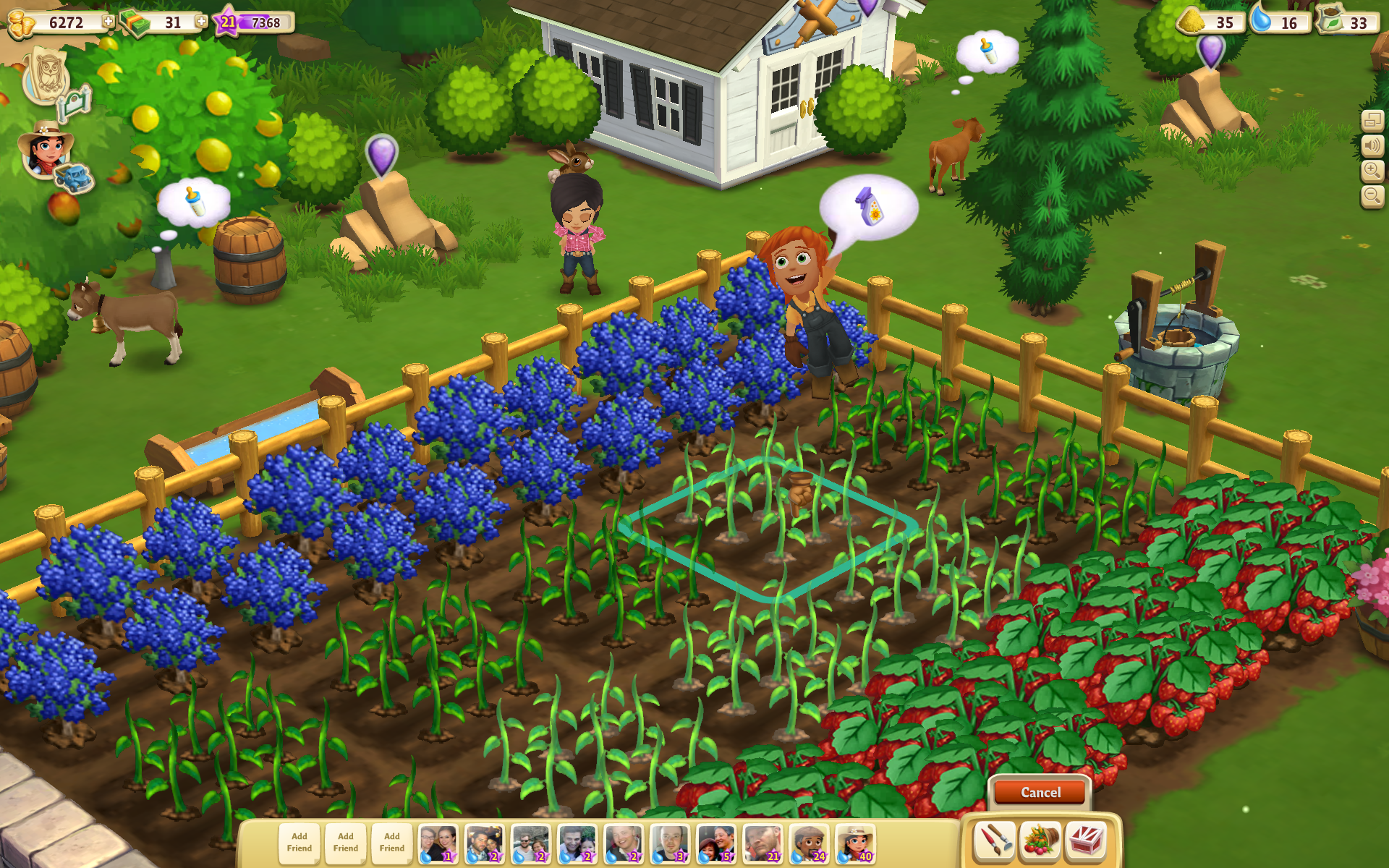
This is why crop and resource production timers work so well. Players coming back to the game harvest all the crops that have grown whilst they are away – a hugely positive experience. Then they can use the crops to complete deals, craft things and improve their farm. Finally they plant their crops so ready for their next session. As they leave the game there is nothing more for them to do in their farm, so it feels like a natural point to stop playing; but they also know that when they return they can get the satisfaction of harvesting their crops again.
Designers need to be able to control session length and frequency because it allows them to integrate their game into their players’ daily routine. Any activity that becomes part of your daily routine is likely to be something that you keep doing a lot longer than you otherwise might, and long term retention is highly correlated to lifetime value.
Think of the game as chocolate. If you had unlimited chocolate (and limited willpower) you might binge on it to the point you were sick of it. At this point you wouldn’t want to eat chocolate again for a while. Imagine if you got a small piece of chocolate every afternoon with your coffee break though. Now the chocolate enhances your coffee break, but at the same time, you never have enough in one go to get sick of it. Instead you look forward to the chocolate enhanced coffee break, and would miss it if it was taken away from you. As with chocolate, so goes gaming.
Content pacing
The second main reason that designers use energy systems is to pace their content, and to ensure that players consume content at roughly the same rate. Once players have run out of new content to experience, they usually have little interest in a game. It is vital therefore, to ensure that players are not consuming content faster than you can produce it.
Energy systems are crucial to minimising inequality in game economies; they ensure that players all consume content at roughly the same rate
PvP games often have an advantage here because their players effectively produce content for each other to consume. In Clash of Clans, each player’s layout of their base is unique and interesting for other players to attack. But Clash of Clans still needs to bring out new units, upgrade levels and features on a regular basis to keep their most engaged players.
Energy systems also help to reduce the “distribution of wealth” in games that exists between highly engaged and less engaged users. By capping the rate that the most engaged players can play, they cannot get too far ahead of the less engaged players. This is important for balancing, as a game should remain interesting for both types of players, and setting a progression rate that is interesting for the slowest players and yet doesn’t allow the fastest players to run out of content can otherwise be a challenge.
Monetization
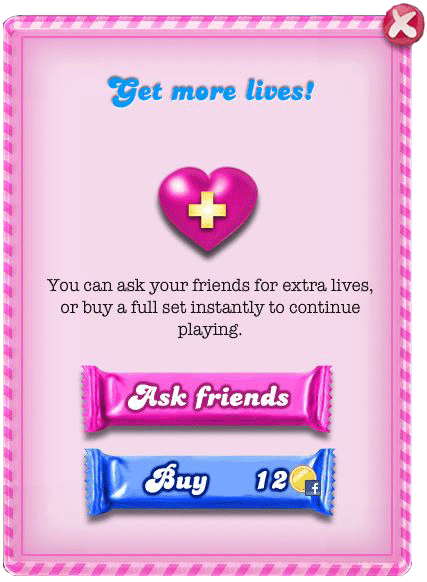
Making money is the third reason that designers use energy systems. In casual games energy might typically represent a third of bookings. This is not insignificant, but there are better ways to make money out of games, and monetization alone is a poor reason to go with an energy system. Energy doesn’t typically make for a very exciting or satisfying purchase, as it gives players something that they could get if they waited a bit longer. Most mobile designers realise this and despite the perception of energy systems as a cynical way to extort players, it is rare to see them if they are not needed for habituation and content pacing as well.
Strategic choices
In some games energy systems also provide the player with a strategic choice that they need to make. This comes from having a limited number of energy points to spend each session, and a greater number of possible actions. Players must decide what to spend their energy on, and because of this they usually need to set themselves a longer term goal that they are working towards over several sessions.
For example, in Clash of Clans, because I can only upgrade 2 or 3 buildings at a time, and each one might take anywhere from a few minutes to a few days, I need to work out what I prioritise. Do I upgrade my resource generating buildings first to facilitate further upgrades, my storage space allowing me to raid more, or my defensive buildings to protect what I’ve got? In prioritising my current session, I also create a mid term plan for my future sessions as well, which builds off this. In games where the energy system doesn’t allow the player any real choice in what they do, the system typically feels even more arbitrary and restrictive.
Conclusion
The reason that F2P designers use energy systems is not because they hate players, it’s because energy systems are efficient mechanics to encourage specific play patterns, pace content, monetize a game and provide a player with strategic choices. Designers should be wary of releasing any game without features that cover all these bases one way or another.
Mobile Session Design: Flexible Sessions
Mobile Session Design defines a game’s ability to pace its content and create strong long term retention. It’s one of the biggest indicators for a game’s long term success. I’ve spoken about a number of considerations you need to have when designing sessions:
Firstly, you need to ensure your initial user flow into the game allows players “Easy In”. They quickly understand what they need to do, and how to accomplish it.
Secondly, sessions need an “Easy Out”. Players need to slowly and subtly be prodded to leave the game to ensure they don’t burn through your content or burn out in interest too quickly.
Thirdly, you need to ensure during a player’s session they are making commitments to come back. Driving strong re-engagement and creating habits to return.
Lastly, I spoke about allowing players to return to the game naturally in search of surprising content or offers. Ensuring your game has cycling content throughout the day to pull players back like the masters of session design: Facebook and Twitter.
With these components you can build strong sessions that will last for months, even years.
To bring it all together, now it is about making these components feel natural and unrestrictive to the player.
The Problem with Energy
When it comes to session design in free to play, the natural tendency is to add an energy mechanic. Energy is a cheap and simple way to pace players. They come into the game, have full energy and can only spend a specific amount of it before its time for the player to leave. Later on in the day, they receive a push notification telling them that their energy has refilled, they can play again! When completely depleted, energy can be purchased to play a few extra sessions, although energy is no longer is really an effective monetization mechanic.
Energy has always been a tacked on mechanic in many games. It’s an aging industry standard that players are pushing back against. Players now demand that games don’t feel nearly as restrictive towards when and how they play.
So what is the real issue with Energy?
Issue #1: Energy gives an abrupt end of the session with no commitment
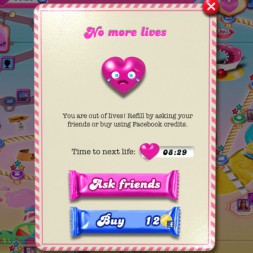
Energy was necessary to create the “Easy Out”: giving a players a reason to leave, and giving a strong reason to come back. However, this is not a player commitment — this is just them running out of a pacing currency and now having to wait for it to return. Players don’t make a an opt-in commitment to return to the game when their energy runs out, instead they just feel they are being prevented from playing for no reason. Energy thus has a strong stigma, and I’ve seen large drops in user funnels when players realise their sessions are being controlled by such an arbitrary economy.
Issue #2: Energy has communication issues
Energy sometimes just doesn’t make sense in a game’s theme. It costing energy to do every action feels weird. In previous social gaming environments this was the standard, but in today’s mature mobile market energy being tacked on doesn’t translate well.
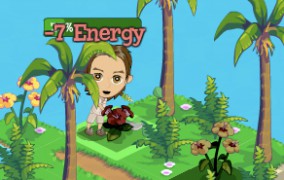
Lives are taking some precedence in match 3 games or skill based mobile games. This makes some sense and translates well. If you fail, you lose a life. It’s been a staple of the Arcade. It has meaning and players feel like they have an impact on how long their sessions will last.

I am convinced Lives remained a staple in even modern Nintendo’s design because it created this “Easy Out”. Giving a players a reason to walk away from a game when they were getting too frustrated by it. This made sure they would return another day to try again.
Issue #3: Energy doesn’t pace engaged players
Energy works because it allows for many play sessions per day. With short refill timers for lives, player can keep coming back throughout the day with full lives and try again. However, since simulation games push players into much longer timers for benefits, simulation can pace their content a lot better. In the long run, a city building system is much better at pacing its content than an energy structure.
Pacing content with energy is difficult because highly engaged players can come back 20 times per day and have full benefit. The optimal would be that their benefit for returning would slowly taper off instead of grow in a linear way. So a hyper engaged player wouldn’t blow ahead in the content compared to an average player.
What ends up happening in a game like Candy Crush is that you have to balance your games to ensure that regardless of engagement level, a player gets new content in a controlled, steady flow. But with energy and allowing players to come back with full benefit throughout the day, designers can end up pacing content for way too long for the average player. Conversely, they could just not care about these hyper engaged players ripping through their content and allow them to progress quickly. Yet these are your super fans — these are the players that would gladly pay you if given the opportunity!
What Flexible Session Design looks like
The optimal Session design will seek to pace Benefit vs Sessions per Day and Session Length in this manner :

A graph which the growth rate slows over time. The benefit for playing 10 sessions per day is higher than 1, but it grows at a much slower rate. Also for session length: Playing for 2 minutes has great benefit. Playing for 6 minutes has more, but grows at a slower rate. This is optimal for keeping players growth controlled, while still encouraging strong re-engagement.
Boom Beach’s Sessions
Boom Beach have one of the best mobile sessions around.
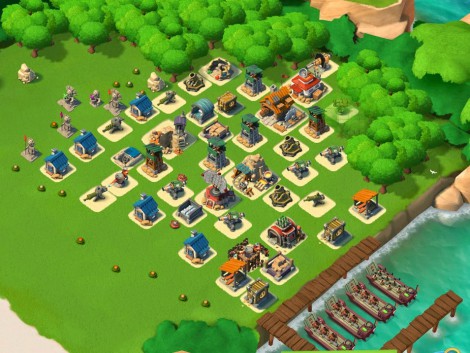
Boom Beach follows the rule that the first session of the day is the strongest: your longer timers (buildings) have completed and you collect a majority of your resources.
Some players can come back a second time that day and get a similar benefit. Yet as the game grows these timers get longer which makes the second session less beneficial.
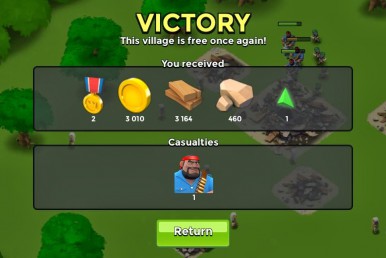
The benefit of coming back beyond this is mostly just to battle. This is the funnest part of the game. This can give some big currency rewards and random rare drops. However, the more you raid other player’s bases, the more likely it is that you will be raided. This makes the benefit taper off as the day continues.
Clash of Clans even has a mechanic if you are active in the game, no one can attack you. This strongly recommends re-engagement for players that are paranoid about their resources, but because the game is still paced, they aren’t progressing fast when they come back for these “defensive” sessions.
So this works for Clash of Clans and Boom Beach, but how do I apply it to other genres? Especially other genres that don’t have a town building or simulation component?
Idea #1: The longer you play, the harder it gets
Smash Cops Wanted Level is a good example of a flexible energy mechanic. Each time the player plays a round, their wanted level increases (similar to GTA). This means each subsequent time they play the game will get more and more difficult. 1) This makes complete sense given the nature of the game. 2) It allows the illusion of allowing the player to play forever :

http://toucharcade.com/2013/10/17/smash-bandits-update-removes-play-stopping-timer-and-adds-other-cool-goodies/
Idea #2: Separate playing and progressing
Hearthstone does this beautifully where they really allow players to come and play as much as they want, but the currency is only tied to completed missions. Missions regenerate the next day.
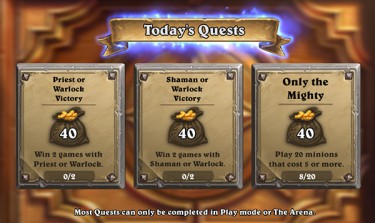
Of course this only works if you are confident core mechanic can last this long. This is a feat only very few designs have pulled off. I’ve only really seen it in Trading Card Games and MOBAs (ex. DOTA or League of Legends). If you believe even the most engaged players won’t bore of your core after playing it constantly for months, then you can consider opening it up without restriction. Especially if you’re going after a more core or traditional gamer audience which is outspokenly negative towards obvious timers or energy mechanics.
Idea #3: Take a bet on your skill
A combination of lives and a randomly generated level list is a good way for players to manage their own sessions and prevent session burnout.
As I spoke about before, a game can allow for a list of missions to be randomly generated. Each has a different tradeoff between risk and reward given the player’s current level in the game. This list is regenerated on a quick timer, so players can always come back to the game to search for “deals” on which level to pick on this list. Which level do I think I can beat, that will give me the best reward?
They make the call whether they go for broke on a difficult level or go for grinding missions with significantly less reward. You can subtly control the drop rate of these types of levels to ensure that players aren’t going to get too many grinding levels and exploiting the session design this way.
With the life mechanic, players are adequately punished for losing a level. Adding urgency and making this a really interesting decision. Plus, with the “Shopping for levels” mechanic, the player has reason to come back throughout the day but is still restricted from always getting what they need.
Keeping your sessions flexible will make the game feel much less restrictive. This in turn will really make players feel that your game is something that will adapt to when and how they want to play. This attitude will turn into strong play sessions per day and much stronger longer term retention.
Mobile Session Design: Deal Hunting
Continuing from my last post, I’d like to dive deeper into driving re-engagement on mobile.
Driving long term retention continues to be the focus for mobile free to play developers. As marketing costs for launching titles continues to hit new highs, it becomes more and more important to retain players over the long haul.
The first strategy for driving players to come back for a long time is about designing your game’s features so that players are committed to returning. Players activate timers to trigger a notification in a few hours. Players could also push another friend to play a round, then receive a notification when its their turn to play again. These evoke a very “explicit” session design. There are push notifications always notifying you when you need to come back to the game. Very obvious reasons to return to the game.
But this is exhausting and can lead to very structured session designs that don’t bend around a players life. It also gets really tiring, very fast. Players getting notifications in the middle of the night, feeling like in order to play optimally they need to return.

South Park described this behaviour perfectly in the recent episode mocking free to play games. Waking up in the middle of the night to tend crops gets old really fast.
As a result, explicit push notifications are fine for triggering 1-3 sessions per day. However, any more than this and the game just turns into an annoying Tamagotchi and players will break away from your game.
But 1-3 sessions per day frankly isn’t enough for free to play games. Looking into some industry data from Digi-Capital, we can see the importance of Sessions per day and its correlation with hitting the top grossing :
Hitting a strong session per day count is a very good indicator for a top grossing game. So how do we design a game that pulls the player back very often?
Learn from the Masters: Facebook & Twitter
Facebook and Twitter are the clear winners on mobile for sessions per day.
But Why? What is driving us back?
There are direct messages and notifications — people post about us or message us. This provides the “explicit” notifications. Players return because they are committed socially to reply to these messages and look at their notifications.
But why do we open up facebook every time we’re in line at the grocery story? Even when there are no notifications on the phone? Why do we pick up twitter every time we have a boring break in a conversation?
Because of the news feed. Because there is always something to check, always a hope that something new is going on.
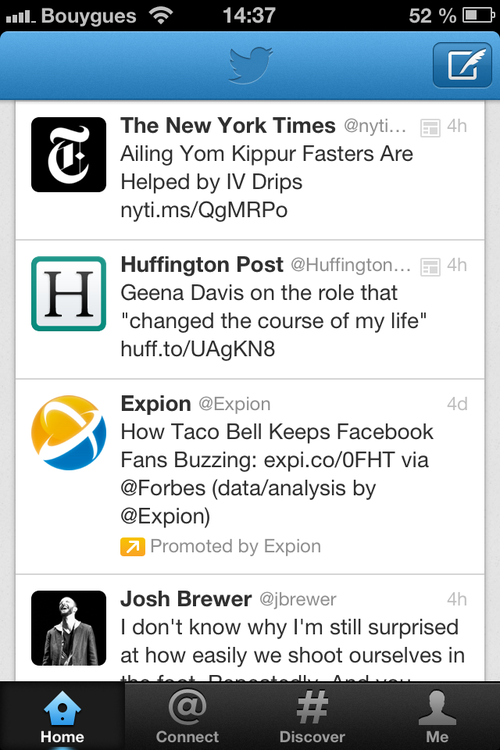
Why do you open up Twitter every 15 minutes? Because there’s always something new on the feed. There’s always an anticipation that you could find out something new if you just checked in quickly…
Throughout the day the content on both of these networks is changing rapidly. A user can come back once a day, five times a day or a hundred times a day and still get enjoyment. This is what mobile free to play needs to strive for.
Going Deal Hunting
Alright, so game design can’t provide the same amount of new content and surprises that a social network can. But that doesn’t mean that we can’t hit the same level.
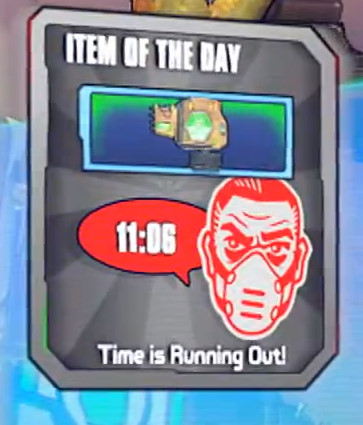
I came back to the shops often in borderlands to see what the deal was.
A first great example of creating this session design feeling is cycling content in shops.
For shops, you don’t have all the items available at all times. Some of the best moments using the store in Borderlands or Diablo was when the store had the exact item that I wanted on sale or for a deal. If your design supports a huge possible library of items to sell, then a cycling shop is a must. Highly engaged players feel great finding deals on items that were previously too high. Players always have hope coming into the game that there might be the solution to their problems available in the shop for a deal. In short: the shop provides a feeling of something new and interesting that could change their fortunes. If the cycle is short enough, and the deals good enough, this can really push players to come back throughout the day. It also adds urgency to purchasing behaviour — each deal feels like a once in a lifetime opportunity.
Of course we’ve seen this behaviour in other forms as well. Ebay, Craigslist, and Steam Sales are great inspiration for creating a store that really pushes players to come back constantly to go deal shopping.
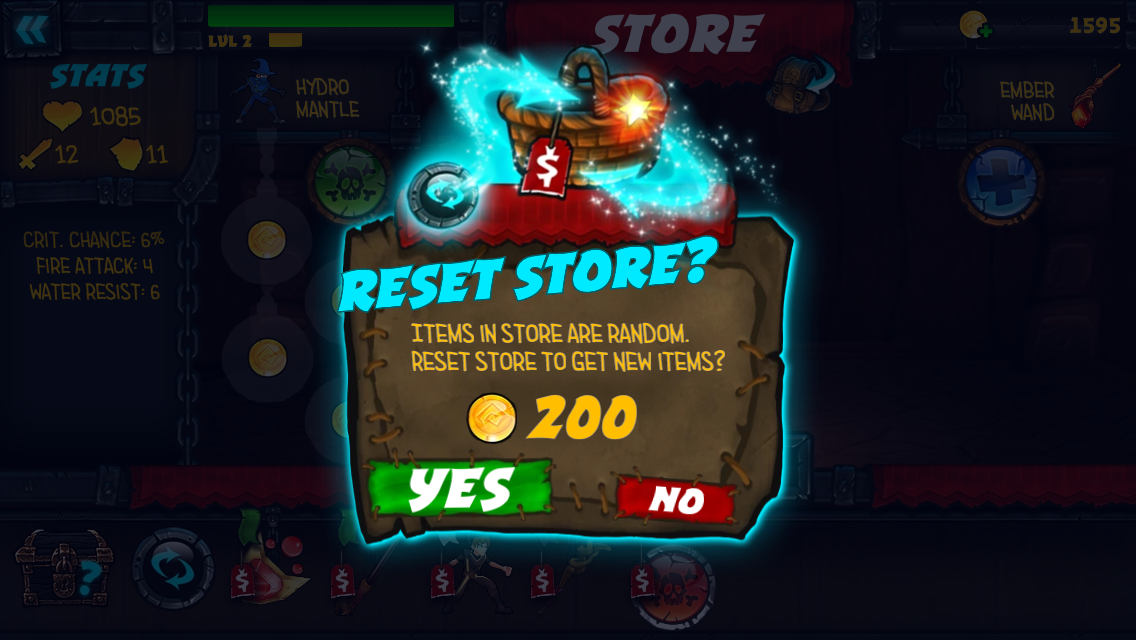
Also, this cycling can create some other interesting monetization mechanics. You don’t want to come back throughout the day? You really want to find that item quickly? Then pay some currency to refresh the store. You can see this in the recent Backflip game, “SpellFall”.
Shopping for Level Design
Of course this constant cycling isn’t limited to just in-game shops. This same mentality can be applied to your progression system or matchmaking system.
Let’s take for example a game like Boom Beach. What would happen if you only have 10 opponents you could play per hour. Every hour, the full list is refreshed. Players then would shop the deals on this board. This hour, which of these opponents are the easiest to beat and provide the best reward? Then each hour they return and search for the “deals” on this board which will help them progress. This could be a great replacement for the current system where players feel like they are matched with extremely difficult opponents and can only progress by grinding the PvE computer levels, greatly reducing the importance of PvP in the game.
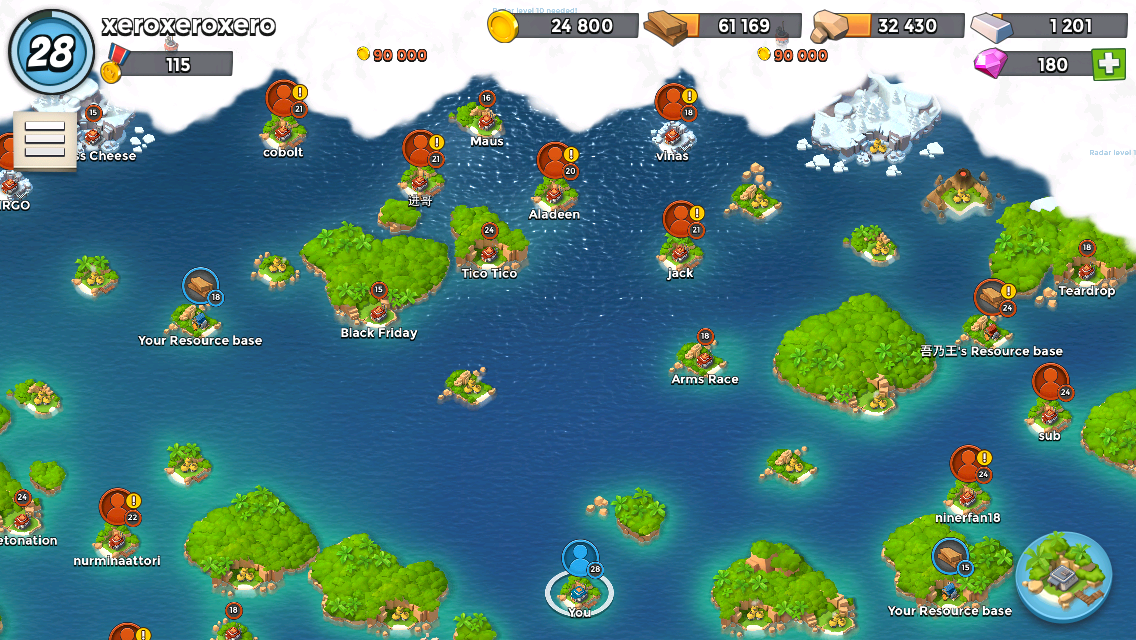
Everyone on the map is too difficult to face. There never are any deals here.
Having levels that cycle and change throughout the day is a way to add interesting choices a PvE or level based game. Puzzle and Dragons have Event dungeons for very limited time. Making these more central to the daily grind and progression is a great way to add more interesting choices and pull the player back more often.
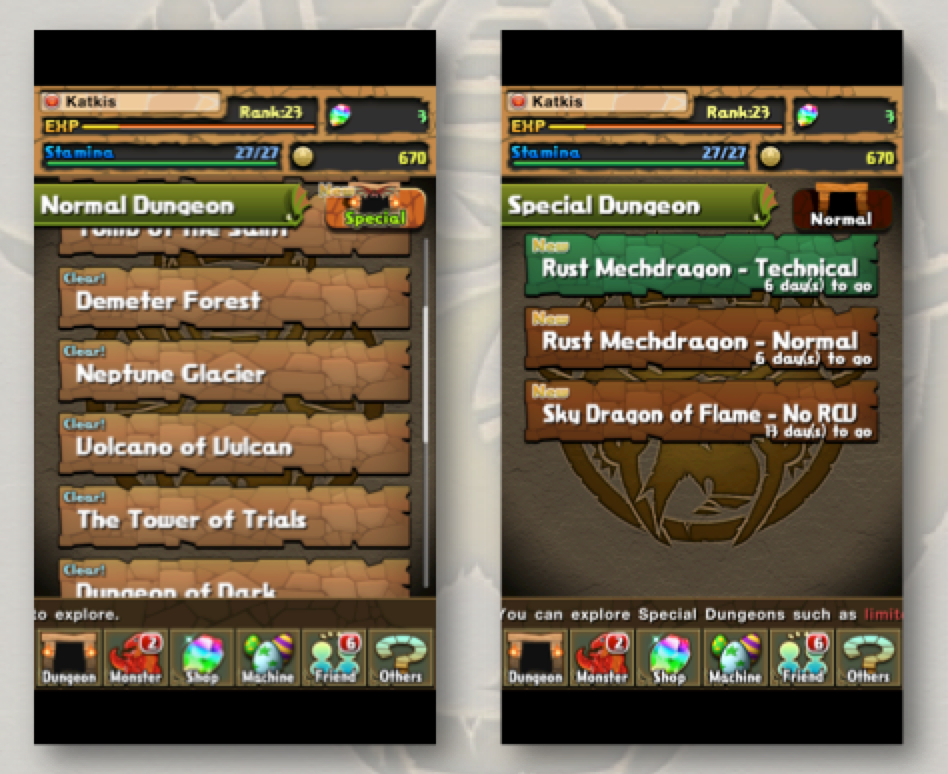
For trading and resource based games, having customers that have random requirements and give random rewards cycling throughout the day is an easy way to add excitement.
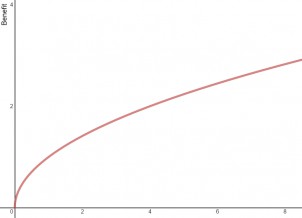
What would happen if these customers were all time-based?
Hay Day most likely didn’t add this because it makes setting long term goals very difficult for players. Players can’t predict if making bread for the next hour or milk is the right choice. So of course this has to be balanced with ensuring the player always has a clear deal they are going for, but can find interesting deals along the way to speed up their progress.
Your goal as a designer at the end of the day is to get players to come back for multiple sessions per day. Allow players to feel smart about taking advantage of one-time offer deals that progress them faster. This will make your game feel much more alive — it’s constantly changing, and a player can’t predict what the optimal path to completing the game will be. Progression will not be linear and boring. How often you need to grind, how many rounds you need to complete before you can beat the next boss isn’t laid out in front of you.
Most importantly — you will always have a reason to come back to the game.






















